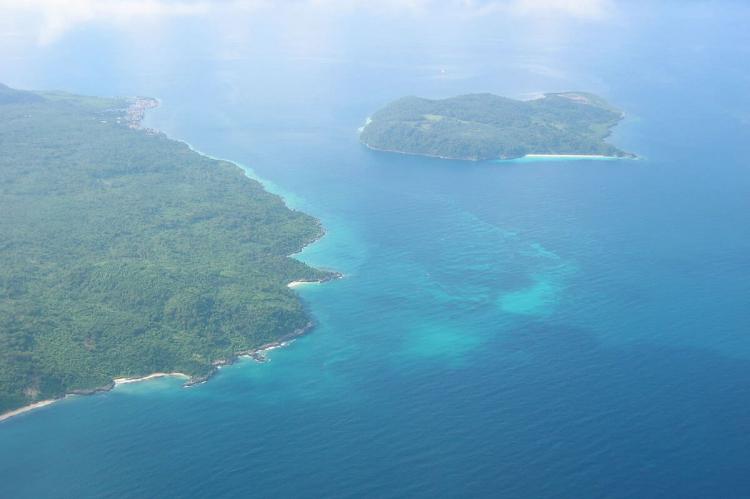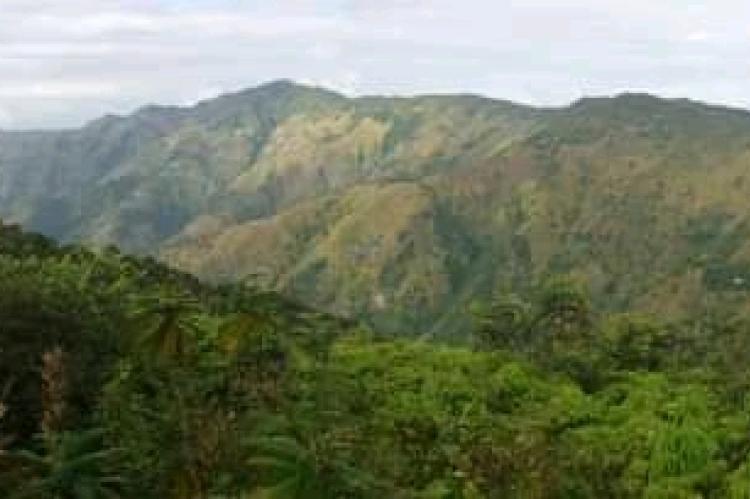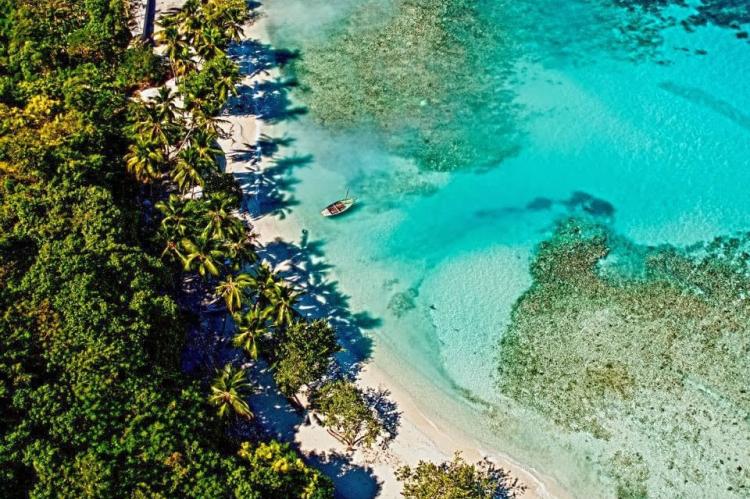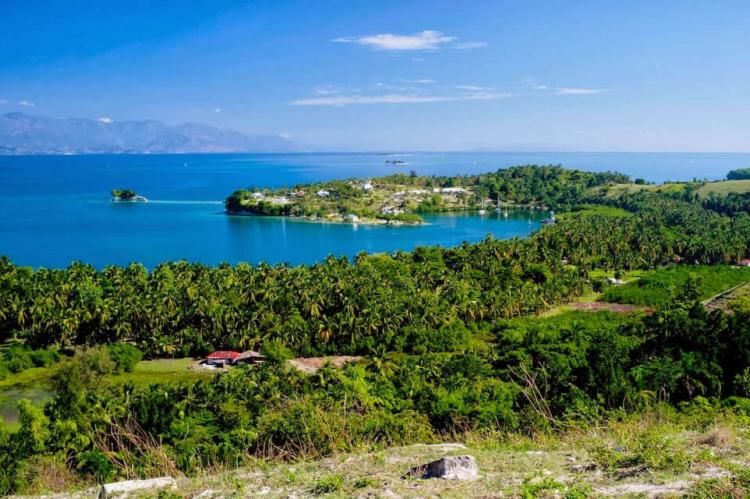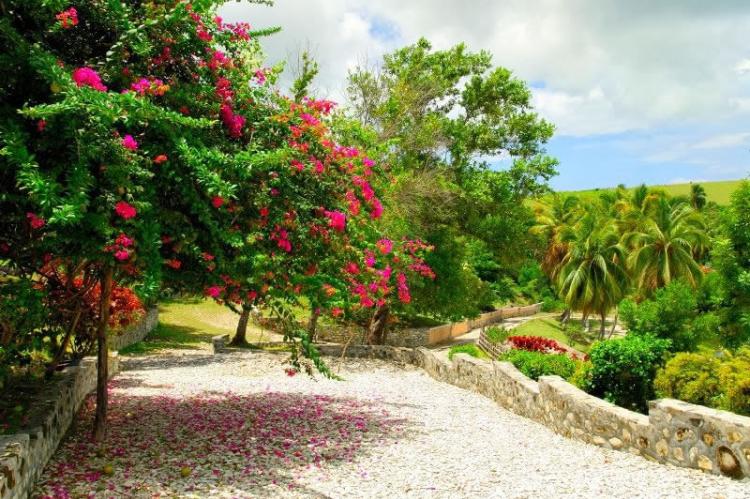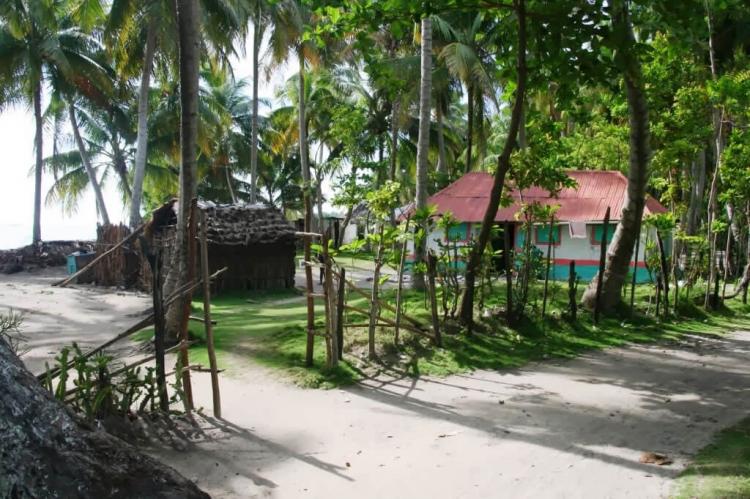Massif de la Hotte: La Hotte Biosphere Reserve (Haiti)
The Massif de la Hotte is a mountain range in southwestern Haiti located in southeastern Haiti. La Hotte Biosphere Reserve includes six mountain peaks and encompasses terrestrial and marine areas. The region is considered a biodiversity hotspot due to the wide variation in climate.
Massif de la Hotte
The Massif de la Hotte is located in southwestern Haiti, on the far western end of the Tiburon Peninsula and the island of Hispaniola. It is the western part of the Massif de la Selle mountain range (Haiti) and the Sierra de Baoruco mountain range (Dominican Republic).
About 2.5 million years ago, the Massif de la Hotte was separated from the rest of the country by a deep, wide sea channel, which resulted in a hotbed of endemism in its bird, plant and reptile communities.
Macaya Mountain Range
The Macaya mountain range is the most extensive mountain range within the Massif de la Hotte. It is also the most significant biodiversity hotspot in Haiti. The range consists of two east-west oriented ridges, Morne Formon and Morne Macaya, attached by a saddle near the middle. The highest peak in the range is Pic Macaya, which reaches an elevation of approximately 2,347 m (7,700 ft) above sea level. It's the second-highest mountain in Haiti (after Pic la Selle) and the fifth-highest in the Caribbean.
The Cayes Plain lies on the coast to the southeast of the peak. The remote region is one of Hispaniola's most biologically diverse and significant areas. It also supports some of the last stands of Haiti's dense cloud forest on its peaks.
La Hotte Biosphere Reserve
The La Hotte Biosphere Reserve is located in southwestern Haiti and encompasses terrestrial and marine areas. The region is considered a biodiversity hotspot due to the wide variation in climate, which ranges from humid to subtropical dry. The reserve includes six mountain peaks and a coastal marine and mangrove ecosystem in the north (Iles Cayemites) and south (Ile-à-Vache).
Pic Macaya National Park is the core area of the Biosphere Reserve. It was established to promote the conservation of the ecosystem, landscape, biodiversity, and cultural values, as well as for research and education purposes. The high diversity of the area is a consequence of the difference in climate, which ranges from humid to subtropical dry forests.
Flora and Fauna
The vegetation is a habitat for many animal species endemic to Hispaniola and the Republic of Haiti. In addition, some species or groups of species, such as rain frogs (Eleutherodactylus), are endemic to the Massif de la Hotte. Within the karst forest, trees serve as habitats for many species of orchids (Lepanthes and Lepanthopsis), bromeliads, lichens and bryophytes.
Several freshwater and marine fish species are found in the reserve. In particular, two species of Tilapia (Cichlidae family), the common carp (Cyrprinus carpio) and the native Limia, have been found in rivers and ponds. Among the marine species, the ball anemone (Condylactis gigantean), the rock boring urchin (Echinometra lucunther), and the octopus all live in the waters of the southern peninsula.
Avifauna includes the Hispaniolan emerald (Chlorostilbon swainsonii), the spotted sandpiper (Actitis macularius) and the Hispaniolan boa (Epicrates striatus).
Socio-Economic
The reserve's population is approximately 855,000, whose main economic activities are farming, agriculture, agroforestry, fisheries, commerce, handicrafts and tourism. Historically, Pic Macaya National Park and the surrounding areas of the La Hotte massif were inhabited by maroons during slavery. Afterward, they served as a fallback base for insurgents before and during the wars of independence. Various historical remains demonstrate this area's significant role in Haiti's history.
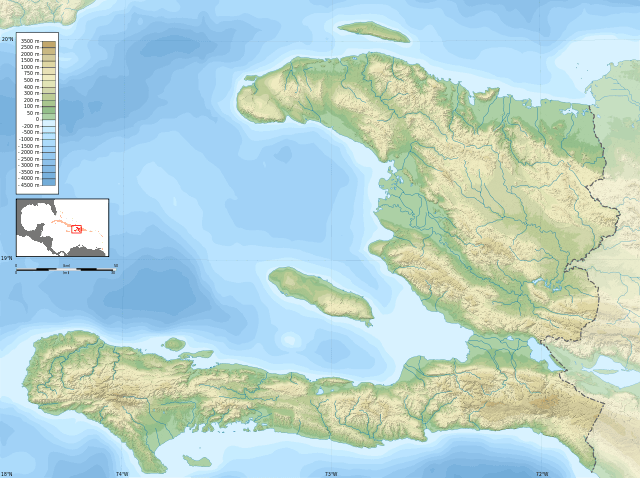
Topographic map of Haiti with the Massif de la Hotte on the lower left
